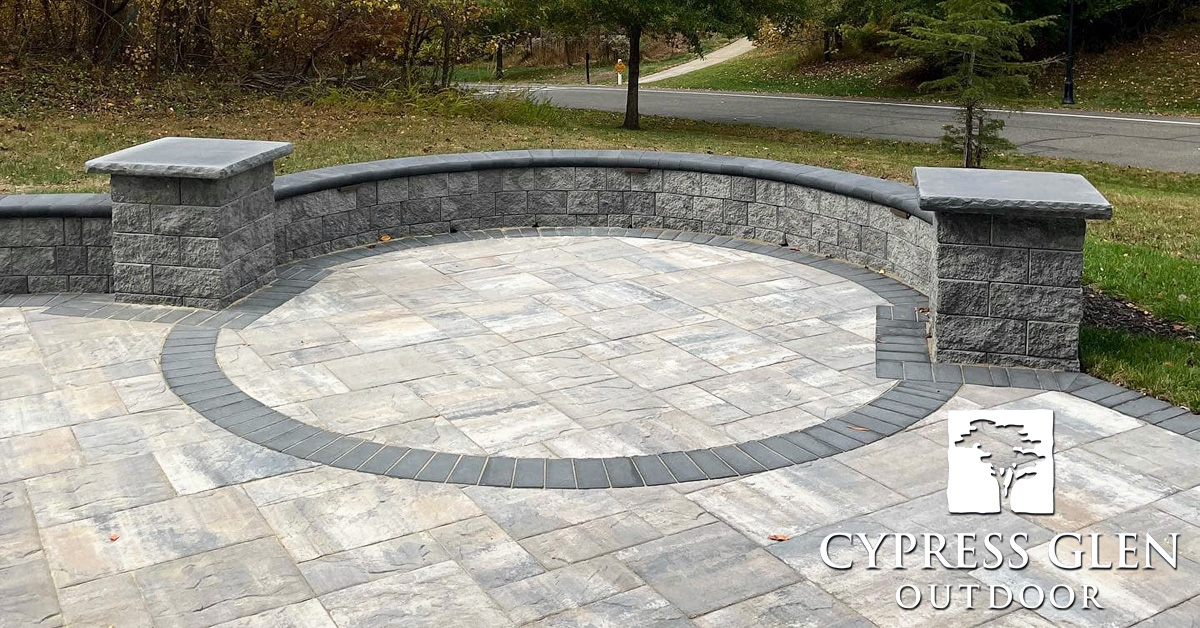
Retaining walls are structures designed to restrain soil or other materials to prevent erosion or the collapse of an elevated surface. To create level surfaces, landscaping, construction, and civil engineering projects use retaining walls. Particularly, retaining walls hold back soil on a hillside or sloped terrain. A retaining wall prevents landslides and protect buildings and other structures from damage caused by soil erosion.
How To Tell If You Need A Retaining Wall
Commonly, a retaining wall stops soil erosion, landslides, and flooding. If you are experiencing any of these issues, you might need a retaining wall. Additionally, if you are planning to build a driveway, shed, or patio, or if you want to convert your graded hill into a plateau, consider a retaining wall. Check the slope of your land to determine whether you need a retaining wall. In particular, if the slope exceeds 35 degrees, you need a retaining wall to keep land in place.
Types of Retaining Walls
Retaining walls are constructed using various materials; including concrete, bricks, stones, wood, or reinforced soil. There are also several different types of retaining walls. Made of concrete, stone, or masonry units and economical for a height of up to 3 meters, a gravity retaining wall relys on their weight to resist the lateral pressure of soil.
Alternativity, a stem, and a base slab create a cantilever retaining wall. They are constructed from reinforced concrete, precast concrete, or prestressed concrete and are economical up to 10 meters. A cantilever retaining wall is the most common type of retaining wall.
Similar to the cantilever retaining wall are counterfort retaining walls. However, they have thin vertical concrete webs at regular intervals on the backside of the wall. These webs, called counterforts, help reduce bending moment and relieve stress in the wall.
Another retaining wall, an anchored retaining wall, anchors to the ground with cables or rods. The anchors drive into the soil or rock behind the wall and attach to the wall. Limited space for a retaining wall requires this type of wall. Next, Mechanically Stabilized Earth (MSE) retaining walls have alternating layers of soil and reinforcement. The reinforcement is steel strips or geotextiles. Slopes up to 70 degrees need MSE walls. Sheet pile walls use steel, vinyl, or wood planks driven into the ground. Soft soils and tight spaces require sheet pile retaining walls. Lastly, gabion retaining walls use wire baskets filled with rocks or other materials. For erosion control and to stabilize steep slopes, use gabion walls.
Installing A Retaining Wall
Proper construction is crucial for the effectiveness and longevity of a retaining wall. Adequate drainage measures, such as drainage pipes or gravel backfill, are incorporated. If you want to build a retaining wall, hire a professional to help with the design and installation. A professional, like Cypress Glen Outdoors, ensures the wall is built correctly and withstands the pressures it faces over time. Contact Cypress Glen Outdoors today, helping you make the right decision for your property!


